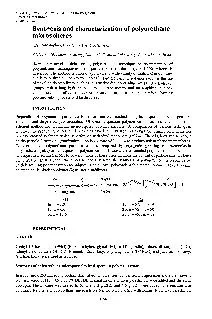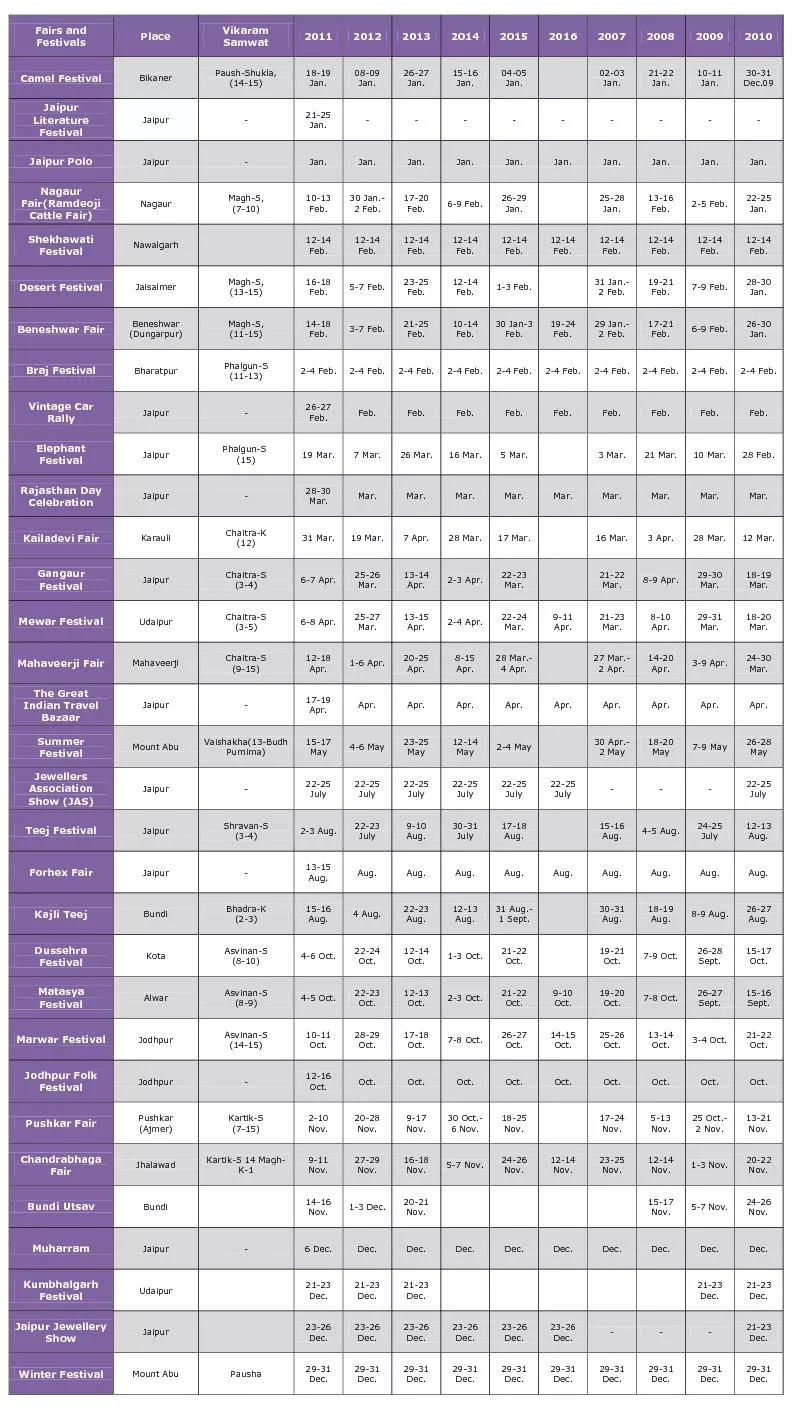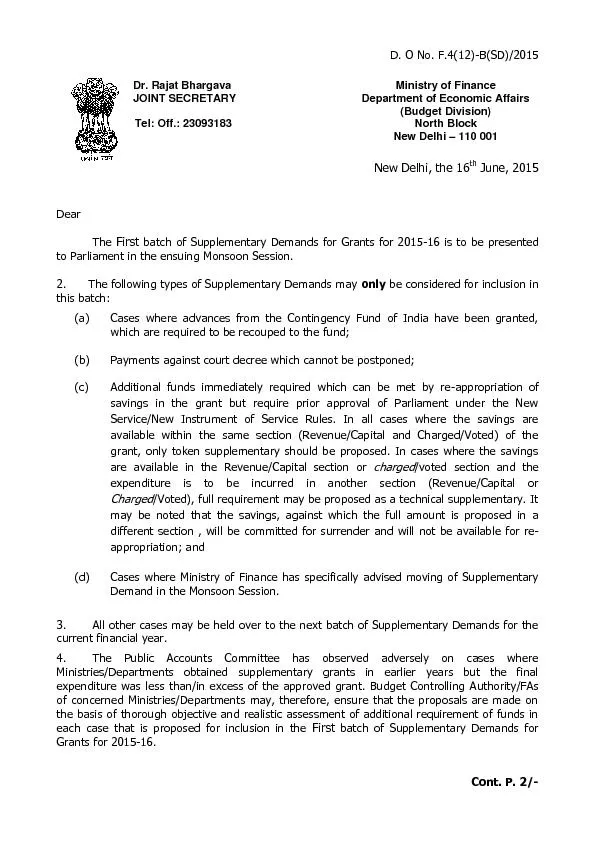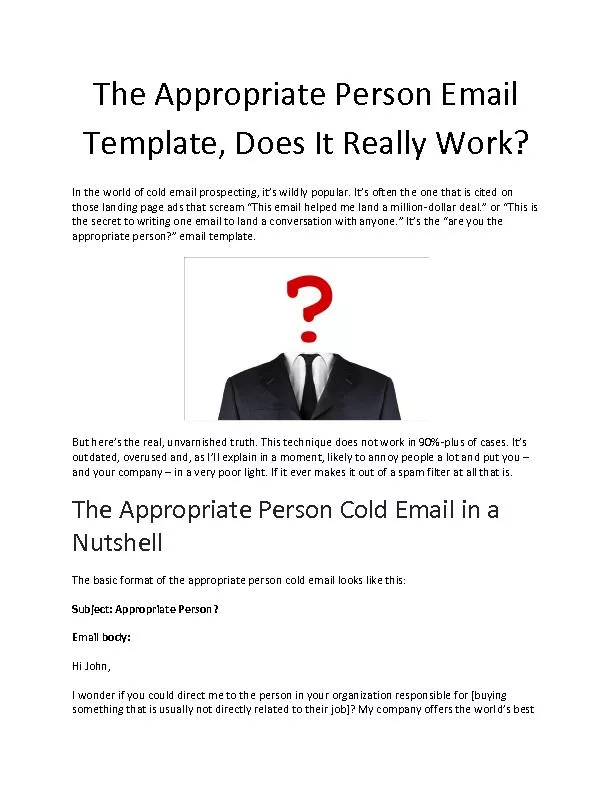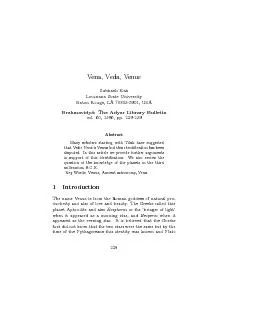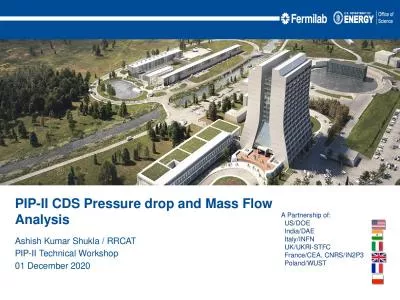PPT-Bhargav Shukla
Author : tatiana-dople | Published Date : 2015-12-10
Director Product Research and Innovation KEMP Technologies Load Balancing Exchange and Lync Server 2013 DMI308 Agenda Load Balancing Basics Load Balancing Exchange
Presentation Embed Code
Download Presentation
Download Presentation The PPT/PDF document "Bhargav Shukla" is the property of its rightful owner. Permission is granted to download and print the materials on this website for personal, non-commercial use only, and to display it on your personal computer provided you do not modify the materials and that you retain all copyright notices contained in the materials. By downloading content from our website, you accept the terms of this agreement.
Bhargav Shukla: Transcript
Download Rules Of Document
"Bhargav Shukla"The content belongs to its owner. You may download and print it for personal use, without modification, and keep all copyright notices. By downloading, you agree to these terms.
Related Documents


